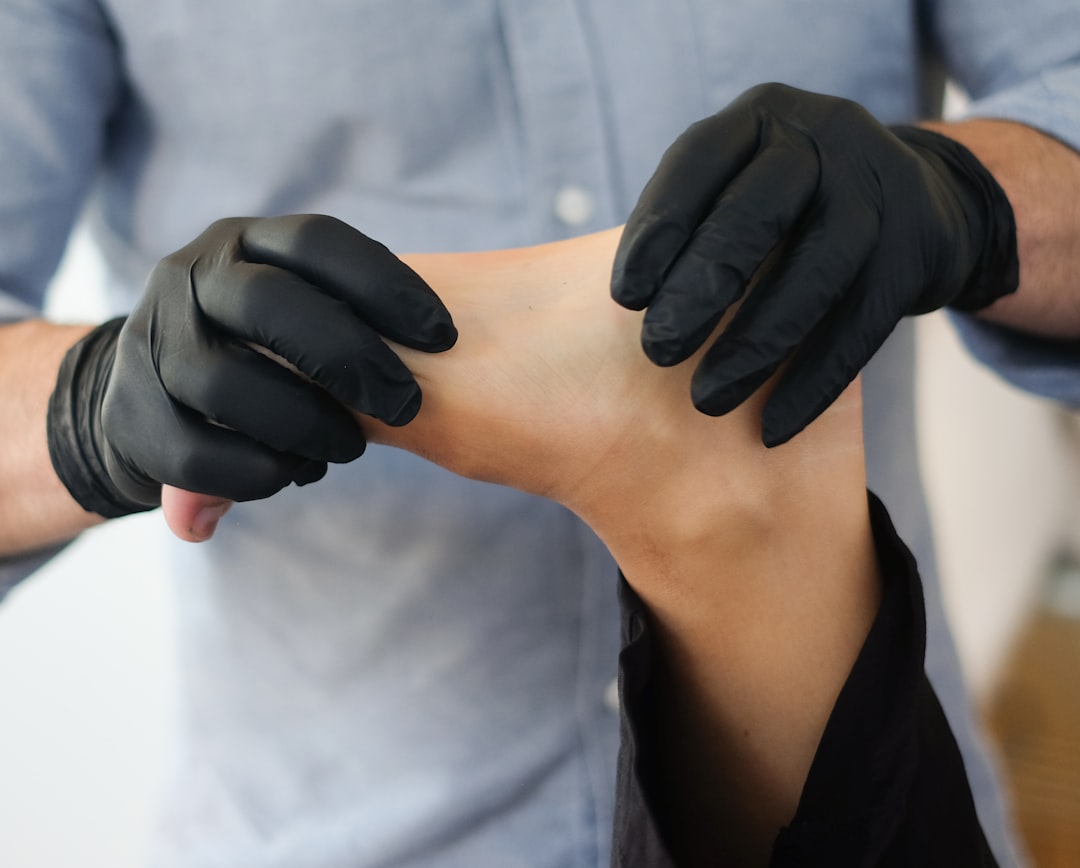Levels of Education in the UK - where we fit in
Movement Therapy is a higher education (HE) based profession - the key to higher education levels is the assessments.
We have designed an assessment process that is immediately applicable to practice.
Therapy education in the UK has long been focused on Levels and as you climb the levels the focus was on learning new techniques.
Level 3: Effleurage and Petrissage
Level 4/5: Trigger Points, METs, Positional Release etc..
Much of the focus of the current National Occupational Standards is based around the outdated narratives of fixing postures, movement discrepancies, trigger points or fascia causing pain. These topic areas are engrained within the course material and in the assessment process.
Say goodbye to... "We have to teach this for the exam but you don't do it in real life"
We delivered qualifications through awarding organisations for over 15 years but it meant that we had to teach and assess based on outdated information. This way of teaching puts new therapists at a disadvantage when trying to work alongside other medical professions.
We decided to move away from these awarding organisations so that we were in control of our content and assessments and this means we can immediately implement changes in scientific approaches to therapy and relay this information to our learners so they are being taught the most up to date information. .
We have mapped the Movement Therapy Diploma to the National Occupational Standards at Level 5. At the end of the course you will receive the Movement Therapy Diploma and full Endorsement from the Sports Therapy Association.
You will be able to join the STA as a full member and gain your insurance through Balens.








